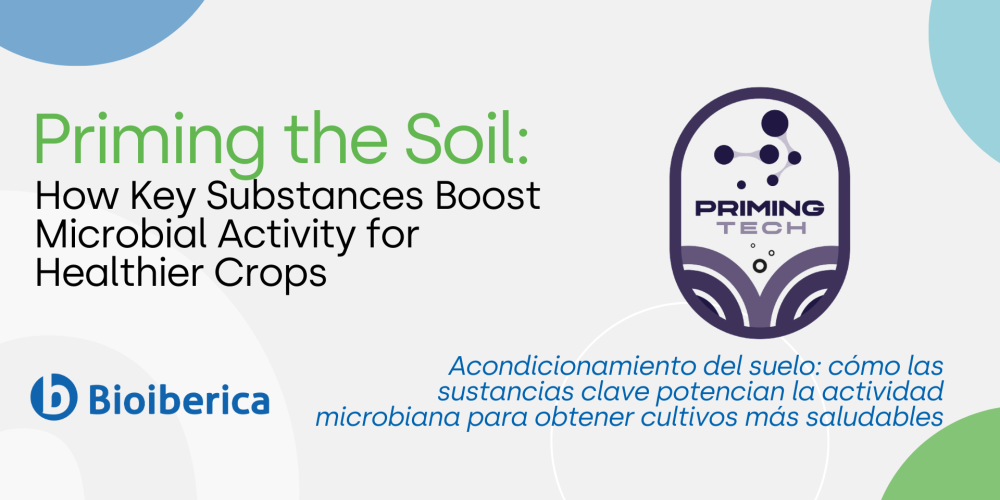Priming the Soil: How Key Substances Boost Microbial Activity for Healthier Crops
Tuesday, 03 December 2024
Applied Knowledge
In recent years, agricultural science has become more focused on the complex interactions between plants, soil, and microbes. A particularly exciting area of study is the priming effect—a phenomenon where certain substances introduced to the soil can “wake up” or stimulate the activity of beneficial soil microbes. But what does this mean for farmers and the health of our soils? Let’s dive in and explore how different compounds can drive this priming effect and enhance soil fertility.
What Is the Priming Effect?
The priming effect refers to a process where the addition of a particular substance (such as a biostimulant) triggers a cascade of microbial activity. Essentially, the microbes in the soil get a “boost,” increasing their metabolic rates and leading to accelerated nutrient cycling. This results in improved soil health, better nutrient availability for plants, and enhanced crop productivity.
Key Drivers of the Priming Effect
Several categories of substances can trigger this phenomenon. Ones of more effective are high-quality L-α-amino acids and Protein Hydrolysates:
Amino acids, the building blocks of proteins, are a powerful tool for priming soil microbes. Products like protein hydrolysates, derived from the breakdown of proteins, contain a variety of amino acids that serve as both a food source and a signal for microbial activity.
- How It Works: Amino acids are rapidly assimilated by soil microbes, promoting their growth. Additionally, some amino acids can act as signaling molecules, encouraging beneficial bacteria to establish closer relationships with plant roots, leading to enhanced nutrient exchange.
- Applications: Foliar sprays or soil amendments containing amino acids are increasingly used in sustainable agriculture to stimulate microbial activity and improve plant nutrient uptake.
Benefits of Priming Soil Microbes
The priming effect offers several benefits for soil health and crop production:
- Enhanced Nutrient Cycling: By boosting microbial activity, the priming effect accelerates the breakdown of organic matter, making nutrients like nitrogen, phosphorus, and potassium more available to plants.
- Improved Soil Structure: Increased microbial activity can help bind soil particles together, improving soil aggregation and aeration.
- Greater Resilience: Soils with active microbial communities are better equipped to handle stress, such as drought or nutrient deficiencies, due to the enhanced availability of nutrients and improved soil structure.
- Reduced Need for Chemical Fertilizers: By enhancing the natural processes of nutrient cycling, the priming effect can reduce the dependence on synthetic fertilizers, supporting more sustainable farming practices.
Conclusion
Harnessing the power of the priming effect offers a promising strategy for sustainable agriculture. By understanding and utilizing substances like L-α-amino acids and microbial Biostimulants, farmers can boost soil microbial activity and enhance soil health. This not only leads to healthier crops and higher yields but also contributes to the long-term sustainability of our agricultural systems.
In a world facing increasing pressure to produce more food with fewer inputs, the priming effect provides a natural and effective way to unlock the hidden potential of our soils. As research continues, we are likely to discover even more ways to harness this powerful phenomenon, paving the way for a new era of soil management.

